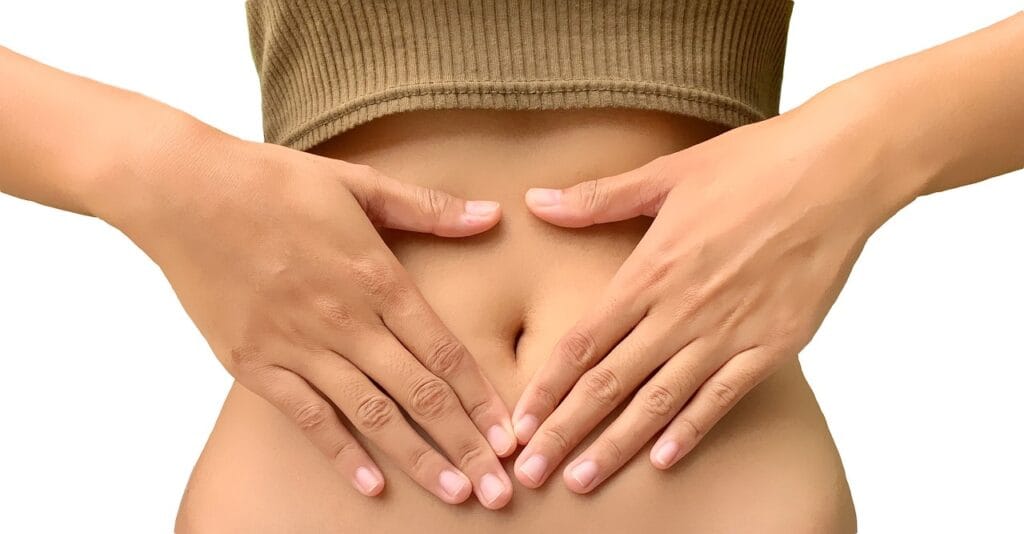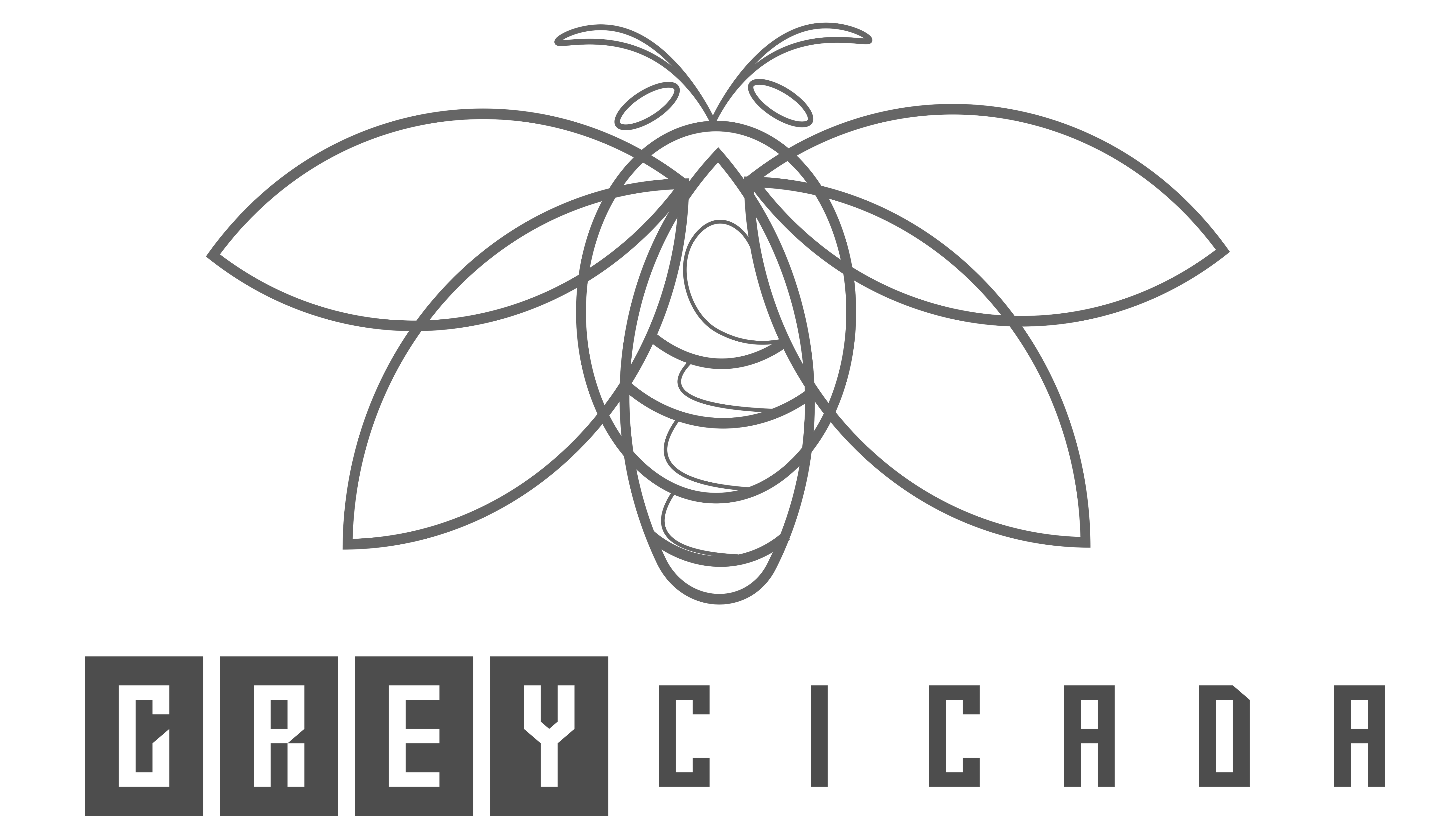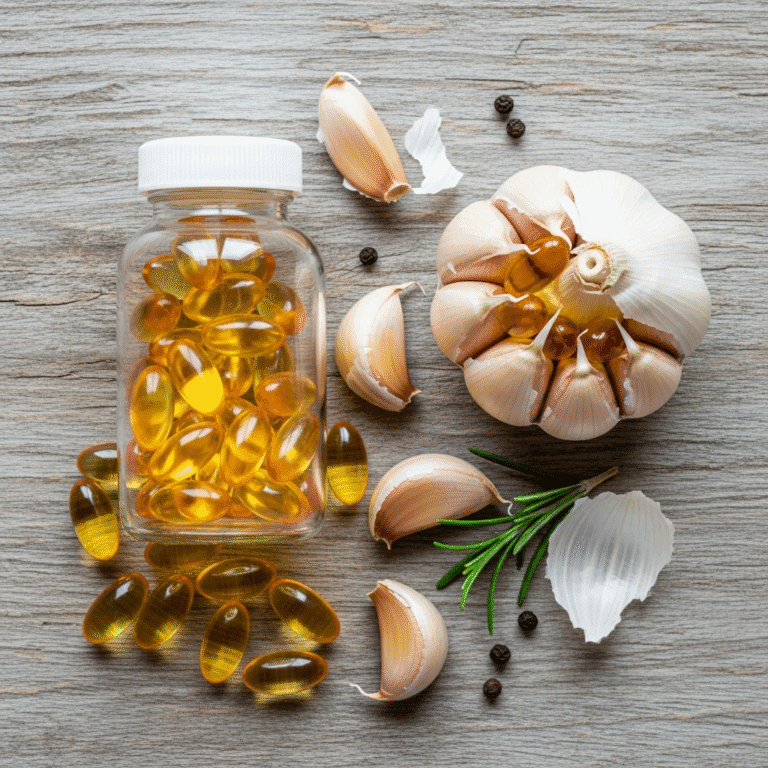FREE SHIPPING OVER $50
Beyond Probiotics: Postbiotics Are The Ultimate Gut Health Secret (Top 5 Foods & Supplements)
If probiotics are the helpful little workers in your gut, and prebiotics are the food they eat, then postbiotics are the magic they create. These are the beneficial compounds, the metabolic byproducts, that your gut microbes produce when they ferment prebiotics. Think of them as the gold dust left behind after the microbes have done their hard work. And increasingly, research suggests that these postbiotics might be the unsung heroes directly responsible for many of the incredible gut health benefits we attribute to a thriving microbiome.
Ready to dive deeper into this fascinating frontier? We’re going to demystify what postbiotics are, why they’re so powerful, and most importantly, reveal the top 5 foods and supplements that can help you unlock their incredible potential for your own gut health.

Probiotics, Prebiotics, and Now… Postbiotics? The Gut Health Evolution
To truly understand postbiotics, let’s quickly recap their cousins in the gut health family:
- Probiotics: These are live microorganisms (like the beneficial bacteria found in yogurt or supplements) that, when consumed in adequate amounts, confer a health benefit on the host. They are the “good bacteria” themselves.
- Prebiotics: These are specialized plant fibers that act as “food” for your beneficial gut bacteria. They’re not digestible by humans, but your microbes feast on them, helping them grow and thrive. Think of them as the fertilizer for your internal garden.
On the other hand postbiotics are the functional compounds that result from the metabolic activity of probiotics (and other beneficial bacteria) as they consume prebiotics through a process called fermentation. They’re basically the incredibly beneficial “waste products” or “metabolites” that your gut bacteria produce.
Why are they such a big deal? Because they are the active ingredients that directly interact with your cells, influencing your health. Unlike live probiotics that need to survive the harsh journey through your digestive system, postbiotics are generally more stable and can deliver their benefits directly. This makes them incredibly promising for targeting specific gut health issues with precision.
Why Postbiotics Are Your Gut’s Ultimate Secret
So, what makes these microbial byproducts the “ultimate secret” for gut health? It comes down to their potent and direct actions within your body:
- Direct Action: Unlike probiotics that need to colonize and then produce beneficial compounds, postbiotics are the beneficial compounds. They get to work immediately.
- Enhanced Stability: Many postbiotics are more stable than live bacterial strains, meaning they can better withstand stomach acid, heat, and storage, potentially leading to more consistent effects.
- Inflammation Reduction: A key group of postbiotics, known as short-chain fatty acids (SCFAs) – especially butyrate, propionate, and acetate – are powerful anti-inflammatory agents. They can calm inflammation throughout the body, including in the gut lining.
- Gut Barrier Strengthening: SCFAs, particularly butyrate, are the primary fuel source for the cells lining your colon. This helps maintain the integrity of your gut barrier, preventing “leaky gut” and stopping harmful substances from entering your bloodstream.
- Immune System Modulation: Postbiotics interact directly with immune cells in the gut, helping to fine-tune your immune response. A balanced immune system is crucial for overall health and disease prevention.
- Nutrient Absorption: A healthy gut environment, fostered by postbiotics, can improve your body’s ability to absorb essential vitamins and minerals from your food.
Unlock Your Gut’s Power: Top 5 Postbiotic Sources (Foods & Supplements)
Here are the top 5 sources to consider incorporating into your routine:
1. Fermented Foods (Beyond the Probiotics)
While many fermented foods are famous for their probiotic content, the fermentation process itself also creates postbiotics. Think of it as a natural byproduct of the microbial activity. Aged fermented foods may have higher concentrations of certain postbiotics because the fermentation has been ongoing for longer.
- How they work: As bacteria in these foods (or your gut) break down ingredients, they produce SCFAs, enzymes, peptides, and other beneficial compounds that contribute to gut health.
- Top examples: Miso (fermented soybean paste), natto (fermented soybeans), kimchi (fermented cabbage), sauerkraut, aged cheeses, sourdough bread (some types).
- How to get them: Add a spoonful of miso to soups, enjoy kimchi or sauerkraut as a side dish, use sourdough for sandwiches, or sprinkle grated aged cheese on salads.
2. High-Fiber Foods (The Prebiotic Foundation)
This might seem obvious for gut health, but it’s critical for postbiotic production! High-fiber foods are the fuel for your gut bacteria. Without them, your microbes can’t produce the beneficial postbiotics like butyrate.
- How they work: Your gut bacteria ferment soluble fiber, transforming it into powerful SCFAs and other postbiotics. Different types of fiber feed different bacteria, leading to a diverse range of beneficial compounds.
- Top examples: Oats, barley, legumes (beans, lentils, chickpeas), apples, bananas, berries, garlic, onions, asparagus, leafy greens, root vegetables.
- How to get them: Make oatmeal your go-to breakfast, add lentils to soups, snack on apples, and load up on colorful vegetables at every meal.
3. Resistant Starch-Rich Foods
This is a specific type of fiber that’s particularly effective at generating postbiotics, especially butyrate, in your large intestine. It “resists” digestion in your small intestine and acts as a powerful prebiotic.
- How they work: When resistant starch reaches your colon, your gut bacteria feast on it, leading to a significant production of SCFAs like butyrate, which directly nourishes colon cells and reduces inflammation.
- Top examples: Cooked and cooled potatoes, rice, and pasta (the cooling process increases resistant starch), green bananas (unripe), plantains, and certain types of legumes.
- How to get them: Incorporate cooled leftovers into your meals, blend green banana flour into smoothies, or enjoy legumes like chickpeas and lentils regularly.
4. Butyrate (and its Direct/Indirect Sources)
Butyrate is arguably the most well-researched postbiotic and a superstar for gut health. It’s an SCFA that serves as the primary energy source for the cells lining your colon.
- How it works: Butyrate helps maintain the integrity of your gut barrier, reduces inflammation in the gut, supports healthy immune function, and may even have broader metabolic benefits.
- Food sources: While your gut bacteria produce most of your butyrate from fiber, small amounts can be found in some foods, notably butter and ghee (clarified butter). These provide a direct, albeit small, intake.
- Supplements: You can also find specific butyrate supplements (often as sodium butyrate or tributyrin). These offer a direct and concentrated dose.
- How to get them: Prioritize high-fiber foods (especially resistant starch) to boost your body’s natural butyrate production. Consider incorporating high-quality butter or ghee into your diet. For targeted support, discuss butyrate supplements with a health professional.
5. Emerging Postbiotic Supplements
The market for postbiotic supplements is still relatively new but rapidly growing. These supplements are designed to deliver concentrated doses of beneficial microbial metabolites directly.
- How they work: These supplements contain specific inactivated microbial cells and/or their beneficial byproducts (the postbiotics themselves). This allows for direct delivery of the active compounds without the need for live bacterial survival, potentially offering more consistent results.
- Top examples: Look for supplements that specify “heat-inactivated microbial cells” or purified fractions containing SCFAs, organic acids, enzymes, or cell wall components. Brands are starting to offer more specific formulations.
- How to get them: As these are newer, it’s crucial to research reputable brands and consult with a health professional or registered dietitian before adding them to your regimen. They can help you identify the best type for your specific gut health needs.
Beyond the Secret: Integrating Postbiotics for Optimal Gut Health
To truly transform your digestion and overall well-being, combine these postbiotic strategies with other key gut-friendly lifestyle habits:
- Eat a Diverse Diet: The more variety in your plant-based foods, the more diverse your gut microbiome will be, leading to a broader range of beneficial postbiotic production.
- Stay Hydrated: Water is essential for healthy digestion and fiber’s effectiveness.
- Manage Stress: Chronic stress can negatively impact your gut microbiome. Incorporate stress-reducing practices like mindfulness, meditation, or yoga.
- Get Regular Exercise: Physical activity can positively influence gut bacteria diversity and function.
- Prioritize Sleep: Adequate sleep is crucial for overall health, including gut health.
- Limit Processed Foods & Added Sugars: These can negatively impact your gut microbiome and reduce postbiotic production.
Conclusion
The world of gut health is constantly revealing new secrets, and postbiotics are undeniably the next frontier. Moving beyond probiotics, these powerful microbial byproducts offer a direct, potent pathway to a healthier gut and a more vibrant you. By consciously incorporating fermented foods, high-fiber foods, resistant starch-rich foods, considering butyrate (from food or supplements), and exploring emerging postbiotic supplements, you’re taking active steps to unlock your ultimate gut health potential. It’s time to embrace this exciting secret and transform your digestion from the inside out!
Related Articles
- Wrecking Your Gut? Avoid These 5 Common Habits That Cause Bloating, Brain Fog & More
- The Gut Health Game-Changers: 5 Foods That Outrank Sauerkraut for a Thriving Microbiome
- Constipated? These 5 Drinks Are Your Instant Bathroom Pass (Seriously!)
- The Carb Redemption: Doctors & Dietitians Say THIS “Forbidden” Carb Unlocks Longevity
- Kefir’s Gut Secret: What Happens to Your Body 30 Days After You Start Drinking It!



